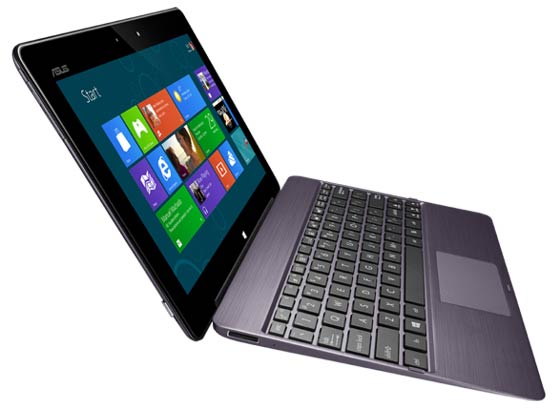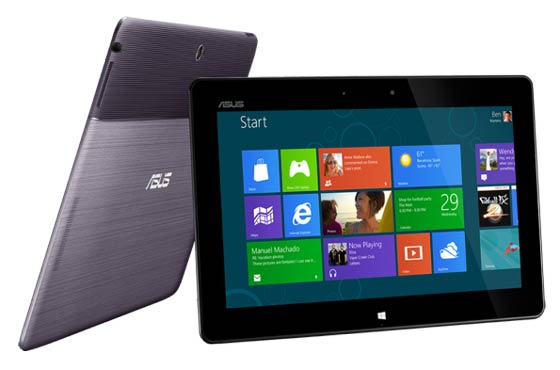A new blog post on the Building Windows 8 blog discusses the cooperation between Microsoft and its hardware partners in making new devices powered by Windows RT. The company is very optimistic about the new computers that will be launched following Windows 8 general release. Microsoft has announced that there will be ARM based PC designs coming out from ASUS, Dell, Lenovo and Samsung to accompany the in-house designed Microsoft Surface for Windows RT.

Everyone is excited!
“Collectively, we are all very excited by the innovation and creativity that will arrive in market this October. Our engineering collaboration has been better than ever as we work to bring better performance, reliability, and battery life to new PCs designed for Windows 8.” said Steven Sinofsky in a preamble to this latest Building Windows 8 blog post. There will be a very wide range of appealing hardware made to accompany Windows 8 launch, added Mike Angiulo from Microsoft “PC manufacturers will be unveiling their products as we approach the Windows 8 and Windows RT launch. What I can say is the spectrum of form factors and peripherals being developed to meet each unique customer’s computing needs is unique in the industry.” Every company working in partnership with Microsoft brings its strengths from knowing the market it thrives within. For instance Sam Burd from Dell said “Dell’s tablet for Windows RT is going to take advantage of the capabilities the new ecosystem offers to help customers do more at work and home” Dell’s forte is in the corporate market, hence the emphasis on work.
Windows 8 software optimisations
Mike Angiulo from Microsoft writing about Windows 8 in general (RT and Pro) said “Microsoft has worked very hard with this release to provide the tools and support to contribute to new PCs that are more reliable, faster, use fewer system resources, and have improved software loads than comparable Windows 7 PCs.” Concerning the balance between software written to run on Windows RT or Windows 8 Pro, Mr Angiulo added “Windows RT shares significant code with Windows 8 and has been developed for and will be sold and supported as a part of the largest computing ecosystem in the world.”
Microsoft sent out over 1,500 Windows RT reference systems to independent software and hardware vendors to prepare for launch “The results are starting to show, as we’ve seen over 90% of the RTM applications in the Windows Store support Windows RT” said Mr Angiulo. I’m thinking about how this software ecosystem will spread between mobiles and consoles in the future too.
New power management
Microsoft has been working to improve battery life of the new Windows RT devices to make them more useful during a working day. A major new feature is “connected standby” which makes your portable Windows RT device comparable in stamina and utility to your mobile phone “…having your PC be always on and always connected in the new connected standby state without excessively draining your battery, so that you have access to your important and up-to-date information whenever you need it. When your Windows RT PC is not in use, it will move into a new low-power mode that allows it to keep your data fresh and current while also not requiring a battery charge for days. And when you need your system, it will turn on in less than a second at the touch of a button, which is a mobile phone experience but in a full PC.”

Windows RT isn’t all tablets
Mike Angiulo stressed that Windows RT is not just for tablet variations; “Some of our Windows RT PCs come with full keyboard and touchpad solutions, whether removable/dockable or a traditional clamshell.” Microsoft ends the blog post by saying it is looking forward to the new exciting products from ASUS, Dell, Lenovo & Samsung. Only yesterday we discovered more news about the Lenovo Yoga for Windows RT. Microsoft links to the info page of the ASUS Tablet 600 for Windows RT as another great Windows RT hardware example.













